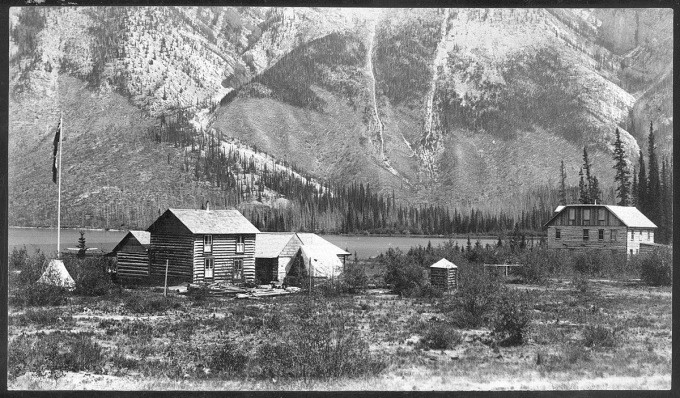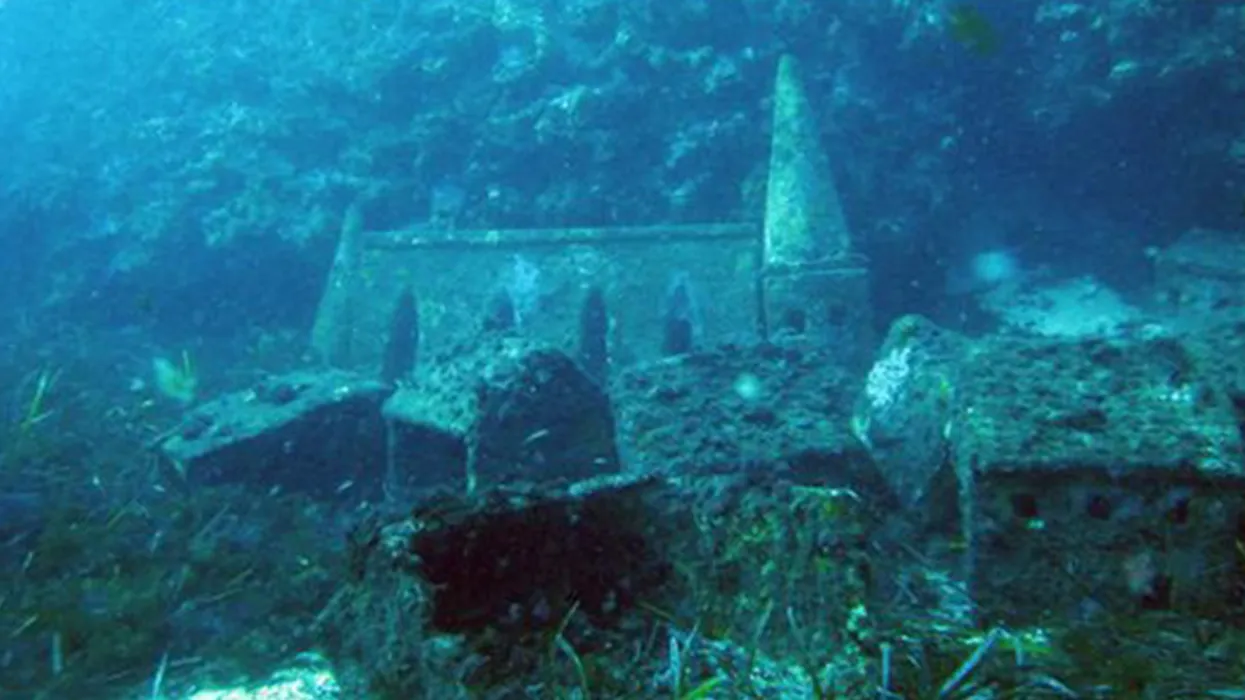According to Culture Trip , in the mid-1800s, tourists from the city of Calgary often came to the town of Minnewanka Landing for vacation.

By 1895, two dams were built nearby to “rehabilitate the lake shore.” The second dam was built by the Calgary Power Company to store water in 1912. This caused the water level to rise 3.5m and the nearby residential area was gradually submerged. The government built a bridge about 100m long across it.
At the beginning of World War II, to develop hydroelectric power, the Calgary company built a third dam, causing the water level to rise 30m, submerging the entire town of Minnewanka, the 1912 dam and the bridge. The entire area suddenly became Lake Minnewanka, stretching about 21km, located in the Banff National Park complex.

“The city of Calgary and its surrounding area were very developed at that time, consuming a lot more electricity. So the end of Lake Minnewanka was easy to predict,” said Bill Perry, an archaeologist with the government agency Parks Canada.
Today, Minnewanka Landing Resort is hidden deep below the lake, almost intact in the cool waters of the glacier and snowmelt that flow into the lake.

This “ghost resort” has accidentally become a unique attraction for those who enjoy snorkeling, to see with their own eyes summer houses, hotels, and the ruins of once bustling ports…
About 8,000 visitors come to Lake Minnewanka each year to see the ancient campsites beneath the clear blue waters. The lake is also a favorite spot for boat tours and kayaking adventures in the summer.
The mysterious ‘Dragon’s Eye’, the source of a river more than 100km longCROATIA – Known by many interesting names such as “Dragon’s Eye” or “Eye of the Earth”, the upper Cetina River is a tourist attraction because of its extremely special shape.





